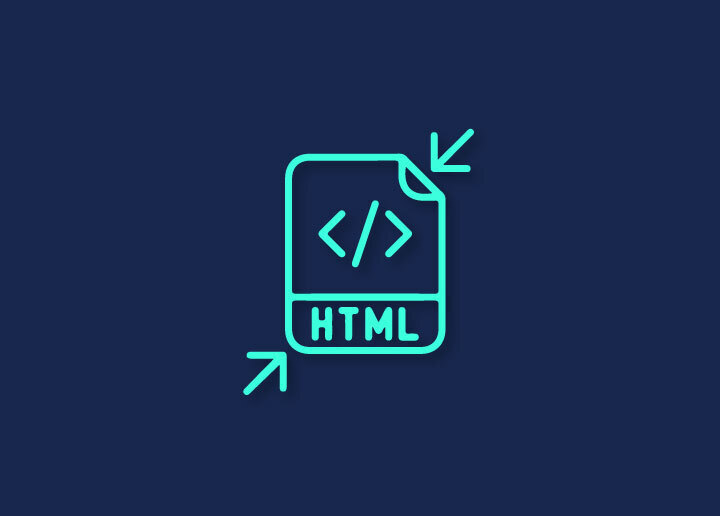The Document Object Model, or DOM, is the structure of an HTML document. Browsers use it to determine how to display a web page. The DOM size is the total number of elements in the DOM.
A large DOM size can impact the performance of a web page. When a browser renders a page, it has to parse the DOM and build a render tree. The larger the DOM, the longer it takes for the browser to parse it and construct the render tree. This can impact the loading time of a web page and negatively affect the user experience.
There are ways to reduce the DOM size of a web page. One way is to use fewer elements on the page. Another way is to use smaller and more efficient HTML tags. Finally, you can minify your HTML code to reduce its size.
Contents
ToggleThe negative impact of an excessive DOM size
An excessive DOM size can hurt both the performance of your website and the experience of your users. A large DOM can slow down your website by making it harder for the browser to render the page. It can also make your website more likely to crash or freeze. A large DOM can also make it difficult for users to find the information they need on your website. They may have to scroll through a lot of content to find what they’re looking for, or they may get frustrated and leave your site altogether.
To avoid these problems, you should keep your DOM size under control. You can do this by minifying your HTML, CSS, and JavaScript code, using a framework that helps manage your code, or breaking up your content into smaller pages.
How to avoid an excessive DOM size?
When building web applications, avoiding an excessive DOM size is essential. The DOM, or Document Object Model, is the structure of an HTML document. It is made up of a tree of nodes, which can be thought of as elements.
Each node in the DOM has a size determined by the number of childNodes it has. The more childNodes a node has, its size will be larger. A node with too many childNodes can cause performance problems for the web application.
There are several ways to avoid an excessive DOM size:
1. Use fewer elements: When creating HTML documents, use as few elements as possible. This will reduce the overall size of the DOM.
2. Simplify element nesting: Avoid nesting elements unnecessarily. This will also help reduce the overall size of the DOM.
3. Avoid unnecessary attributes: Every attribute added to an element increases its size. Only add the necessary attributes.
4. Minimize whitespace: Whitespace takes up space and adds to the overall size of the DOM. Remove unnecessary whitespace from your HTML documents.
5. Use CSS instead of inline styles: Inline styles add to the size of an element’s corresponding node in the DOM tree. Use CSS stylesheets instead whenever possible.
Conclusion
Reducing the size of your DOM can have a significant impact on your website’s performance. By avoiding an excessive DOM size, you can improve your website’s speed and responsiveness and make it more user-friendly overall. Keep these tips & tricks in mind next time you build a website, and you’ll be well on creating a leaner, faster site.
If you want help building a faster website, get in touch with us!


















